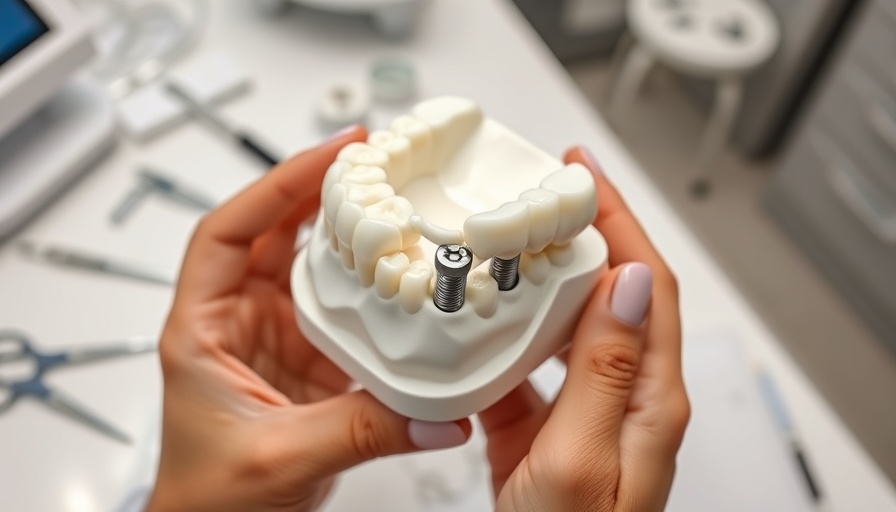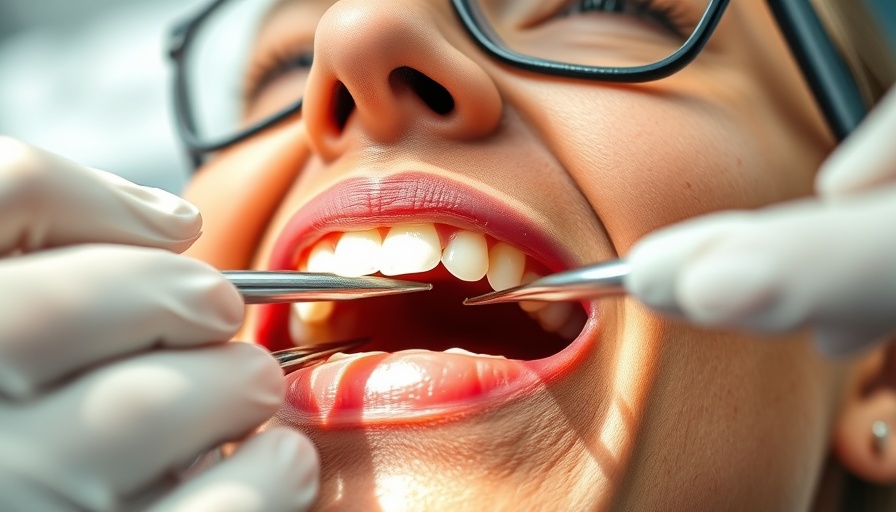
Understanding Bias in Dentistry
Bias is an inherent part of human nature, influencing our judgment, decision-making, and behavior—even among well-intentioned dental professionals. Grasping the various dimensions of bias is crucial for ensuring all patients receive equitable and evidence-based care. In the dental context, bias can be categorized into implicit and explicit forms. Implicit bias refers to the unconscious stereotypes and attitudes influencing our interactions with patients, often contradicting our conscious beliefs. On the other hand, explicit bias consists of attitudes and beliefs that we are fully aware of and can control.
Impact of Implicit Bias on Patient Care
It is vital to recognize how implicit bias manifests in dental practice. For instance, confirmation bias skews a professional's interpretations to favor pre-existing beliefs. If a patient admits to recreational drug use, a dentist might unjustly assume that they engage in additional risky behaviors, circumventing crucial inquiries that could lead to comprehensive care.
Moreover, affinity bias occurs when practitioners demonstrate preferences toward individuals sharing similar traits, such as background or cultural identity. This bias can lead to disparities in care, where certain patients receive more attention than others based purely on these similarities. Additionally, attribution bias affects interpretations of a patient’s actions, unfairly labeling missed appointments as irresponsibility without acknowledging potential external hurdles they may face.
The Cognitive Roots of Bias
Understanding the cognitive underpinnings of bias provides insight into its enduring nature. Cognitive psychology reveals that unconscious biases can exist parallel to our explicit beliefs, complicating our interactions in clinical settings. Dental professionals, even highly experienced ones, may subconsciously deploy stereotypes during initial patient encounters, particularly when they feel pressured by time constraints or incomplete information.
The Importance of Diversity and Its Limitations
Diversity is often brought up as a key solution to combat bias, yet it is essential to recognize its limitations. While a diverse workforce can enrich perspectives within a practice, it does not automatically eliminate implicit biases. The mere presence of diversity does not guarantee equitable care; instead, practitioners must actively engage in identifying and dismantling their biases.
Next Steps for Dental Professionals
Thinking critically about personal biases is a necessary step for dental professionals committed to providing high-quality care. Undertaking training sessions focused on recognizing and confronting implicit bias can create a more inclusive environment, ultimately improving patient outcomes. Furthermore, dentists should educate themselves about their patients’ backgrounds and needs, taking care to engage fully with each individual rather than relying on assumptions or stereotypes.
Future Trends: Bias Awareness in Dentistry
Looking ahead, the challenge of bias in dental care will likely evolve with increasing awareness and technologies designed to mitigate bias. Advancements in artificial intelligence (AI) and data analytics have the potential to assist in identifying patterns of bias within dental practices, allowing professionals to make informed adjustments. As dental clinics adopt more inclusive practices, patients can expect improvements in the quality of care they receive.
Overall, understanding and addressing bias is paramount for dental professionals aiming to create equitable care for all patients. As we strive for progress, examination of our own biases will be key to advancing the quality of dental care in a diverse society.
 Add Row
Add Row  Add
Add 




 Add Row
Add Row  Add
Add 

Write A Comment